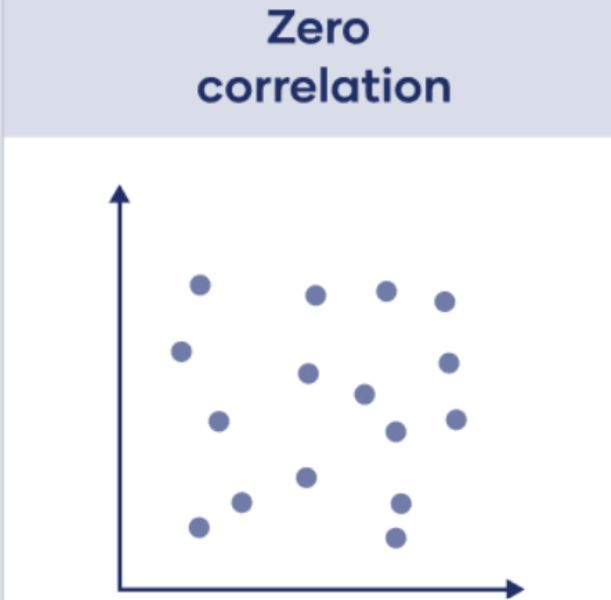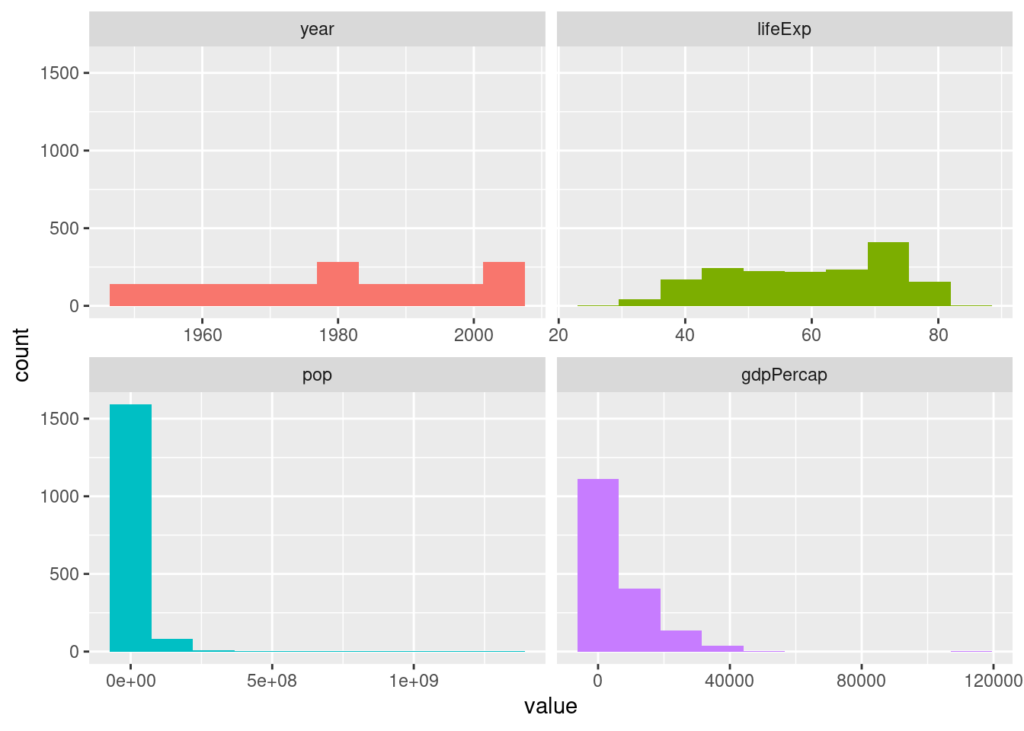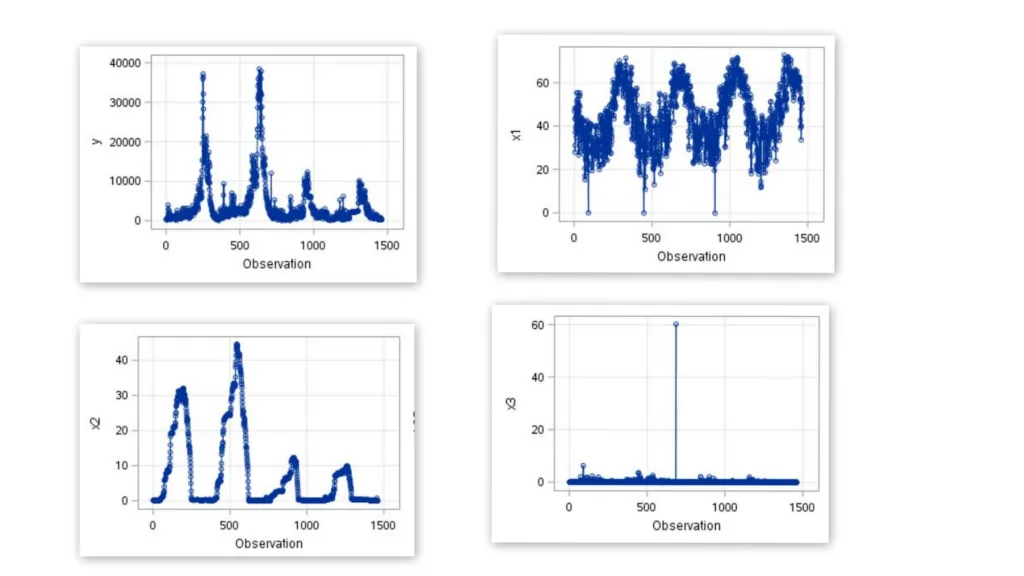When analyzing data, one important concept to consider is the relationship between two variables. The strength of this relationship can be measured using a statistical tool called correlation coefficient. The correlation coefficient, denoted by r, ranges from -1 to 1, with 0 indicating no correlation between the two variables.
But does a correlation coefficient of 0 always mean that the two variables are independent? The answer is no.
Zero correlation simply means that there is no linear relationship between the two variables. In other words, it indicates that there is no pattern in the data that can be explained by a straight line. However, this does not necessarily imply that the two variables are independent.
Independence, on the other hand, means that there is no relationship between the two variables whatsoever. This includes not only linear relationships but also any other kind of dependence.
To illustrate this point, let’s consider an example. Suppose we have two variables: the amount of rainfall and the number of umbrellas sold. It is easy to see that these two variables are not independent, as the number of umbrellas sold is likely to increase on rainy days. However, the correlation coefficient may be close to 0, indicating that there is no linear relationship between the two variables.
Another example is the relationship between height and weight. While taller people tend to weigh more, there is still a lot of variation in weight within each height category. Therefore, the correlation coefficient between height and weight may not be very high, but the two variables are certainly not independent.
Zero correlation does not imply independence. It simply means that there is no linear relationship between the two variables. To determine independence, one must look beyond the correlation coefficient and consider other forms of dependence between the variables.
Implications of a Correlation of 0
A correlation of 0 indicates that there is no linear relationship between two variables. In other words, there is no statistical association between them. This means that changes in one variable are not associated with changes in the other variable. Therefore, the value of one variable cannot be used to predict the value of the other variable. It is important to note, however, that a correlation of 0 does not necessarily mean that there is no relationship between the variables at all, as there may be a non-linear or complex relationship that is not captured by the correlation coefficient.

Does a Covariance of 0 Indicate Independence?
No, a covariance of 0 does not necessarily imply independence beween two random variables. Covariance measures the linear relationship between variables, meaning that a covariance of 0 indicates that there is no linear relationship between the variables. However, there could still be a non-linear relationship between the variables, which would not be captured by the covariance measure. In addition, it’s important to note that the magnitude of covariance depends on the variables being measured, and is not a normalized measure. Therefore, even if two variables have a small covariance, they could still be dependent or have a non-linear relationship. Therefore, while a covariance of 0 can suggest independence, it is not a definitive indicator of independence between two random variables.
Difference Between Independence and Zero Correlation
Independence and zero correlation are two different concepts in statistics. Independence refers to the absence of any kind of dependence between two random variables, while zero correlation indicates that there is no linear relationship between the two variables.
In other words, if two variables are independent, then the knowledge of one variable does not provide any information aout the other variable. On the other hand, if two variables have zero correlation, then there is no linear relationship between them, but they may still be related through a non-linear relationship.
For example, consider two variables X and Y. If X and Y are independent, then the knowledge of X does not provide any information about Y, and vice versa. However, if X and Y have zero correlation, then there is no linear relationship between them, but they may still be related through a non-linear relationship, such as a quadratic or exponential relationship.
It is important to note that independence implies zero correlation, but the converse is not true. Therefore, it is possible for two variables to have zero correlation but not be independent. In summary, zero correlation means no linear relationship, while independence means no relationship of any kind.
The Relationship Between Non-Zero Correlation and Independence
No, a nonzero correlation betwen two variables does not necessarily imply independence. Correlation measures the strength and direction of the linear relationship between two variables, but it does not tell us anything about the cause-and-effect relationship between them.
Two variables can be highly correlated, meaning that they tend to increase or decrease together, but still be causally related or dependent on each other. For example, the number of ice cream sales and the temperature outside are highly correlated, but this does not mean that ice cream sales cause the temperature to rise or vice versa.
On the other hand, two variables can be independent of each other, meaning that there is no relationship between them, but still have a nonzero correlation due to chance. This can happen when the data points are clustered around a particular area or when there are outliers in the data.
Therefore, it is important to not assume independence of observations based solely on the correlation coefficient and to further investigate the nature of the relationship between the variables.
Determining If Two Variables Are Independent
To determine if two variables are independent, we need to check if knowing the value of one variable affects the probability distribution of the other variable. In other words, if the occurrence of one variable does not impact the likelihood of the other variable, then they are independent.
Mathematically, if two variables X and Y are independent, we can write P(Y=y|X=x)=P(Y=y), which means that the probability of Y taking a certain value, given the value of X, is the same as the probability of Y taking that same value without consdering the value of X.
However, if the probability of Y taking a certain value changes depending on the value of X, then the variables are dependent. In this case, we can write P(Y=y|X=x) ≠ P(Y=y), which indicates that the occurrence of X affects the probability distribution of Y.
To summarize, two variables are independent if the occurrence of one variable does not affect the probability distribution of the other variable, while two variables are dependent if the occurrence of one variable affects the probability distribution of the other variable.

Covariance When Correlation is 0
Covariance is a statistical measure that describes the relationship between two variables. When the correlation between two variables is 0, it means that there is no linear relationship between them. In this scenario, the covariance can still be calculated and will be equal to 0. This is because covariance is a measure of how much two variables vary together, and if there is no relationship between them, then they will not vary together. It is important to note that even though the covariance is 0, it does not necessarily mean that the two variables are independent. There could still be a non-linear relationship or a relationship that is not captured by the correlation coefficient. In summary, when the correlation is 0, the covariance is also 0, indicatig no linear relationship between the two variables.
Does a Variance of 0 Indicate a Constant?
Yes, a variance of zero implies that the random variable has a constant value. This is because the variance is a measure of how spread out the values of a random variable are. When the variance is zero, it means that all the values of the random variable are the same, and therefore, it has a constant value. Mathematically, if we have a random variable X with variance Var(X) = 0, then we can conclude that X is a constant, i.e., X takes the same value with probability one. This is because the formula for variance involves the squared differences between values and their mean, and in the case where all values are the same, thre are no differences to square, resulting in a variance of zero. Therefore, we can confidently say that a variance of zero implies a constant value for the random variable.
Correlation: Dependent or Independent?
Correlation is a statistical measure that determines the association between two variables. It is neither independent nor dependent, but rather a tool to analyze the relationship between two variables. Correlation coefficients range from -1 to +1, where a value of -1 indicates a perfect negative correlation, a value of +1 indicates a perfect positive correlation, and a value of 0 indicates no correlation. The correlation value is influenced by both variables and does not depend on only one of them. Therefore, correlation can be used to analyze the relationship between variables, but it is not independent or dependent on any single variable.
Dependency of Correlation Variables
The correlation between two variables, denoted by the symbol “r,” provides information about the strength and direction of their association. However, it does not indicate wheher the variables are independent or dependent. The terms “independent” and “dependent” refer to the relationship between two or more variables in a statistical analysis.
In a correlation analysis, both variables are considered to be independent, meaning that they are not influenced by each other. For example, in a study examining the relationship between height and weight, height is the independent variable, and weight is the dependent variable. Height does not depend on weight, but weight can depend on height.
In contrast, in a regression analysis, one variable is considered to be the independent or predictor variable, and the other variable is considered to be the dependent or outcome variable. The predictor variable is used to predict the values of the outcome variable. Therefore, in a regression analysis, the variables are dependent on each other.
In summary, correlation variables are neither independent nor dependent. They are simply two variables that are being analyzed for their relationship. The terms “independent” and “dependent” are used in statistical analyses to describe the relationship between two or more variables, but they do not apply to correlation analyses.
Proving Independence
To prove independence between two events, we need to verify that the occurrence of one event does not affect the probability of the other event happening. There are three simple ways to check for independence:
1. The first method is to check if the product of the probabilities of the two events is equal to the probability of their intersection. Mathematically, if P(A) × P(B) = P(A and B), then we can conclude that the events are independent. This is known as the multiplication rule of probability.
2. The second method is to check if the conditional probability of one event given the occurrence of the other event is equal to the probability of the event itself. If P(B|A) = P(B), then we can say that event A and event B are independent. This is known as the conditional probability rule.
3. The third method is to check if the conditional probability of one event given the occurrence of the other event is equal to the probability of the first event. If P(A|B) = P(A), then we can say that event A and event B are independent. This is also known as the conditional probability rule.
By using any of thse three methods, we can verify whether two events are independent or not. If any of these methods fail, then we can conclude that the events are dependent.

Conclusion
In conclusion, a zero correlation between two random variables does not necessarily imply independence. While uncorrelation indicates no linear dependence between the variables, independence means that no types of dependence exist between them. It is important to note that even if two variables have a zero correlation, they may still be dependent on each other in a nonlinear way, leading to a violation of the assumption of independence of the observations. Therefore, it is essential to carefully analyze the relationship between variables and not solely rely on correlation coefficients to determine their level of independence.
